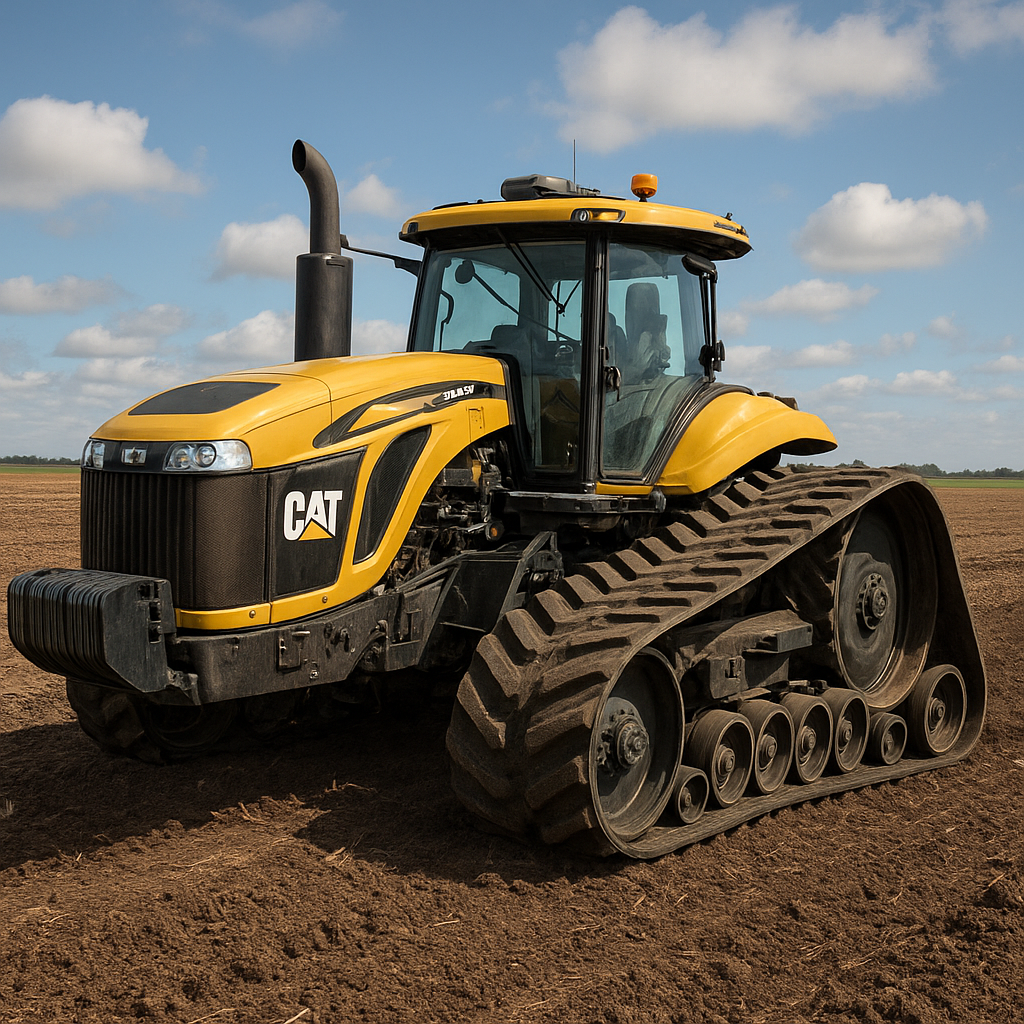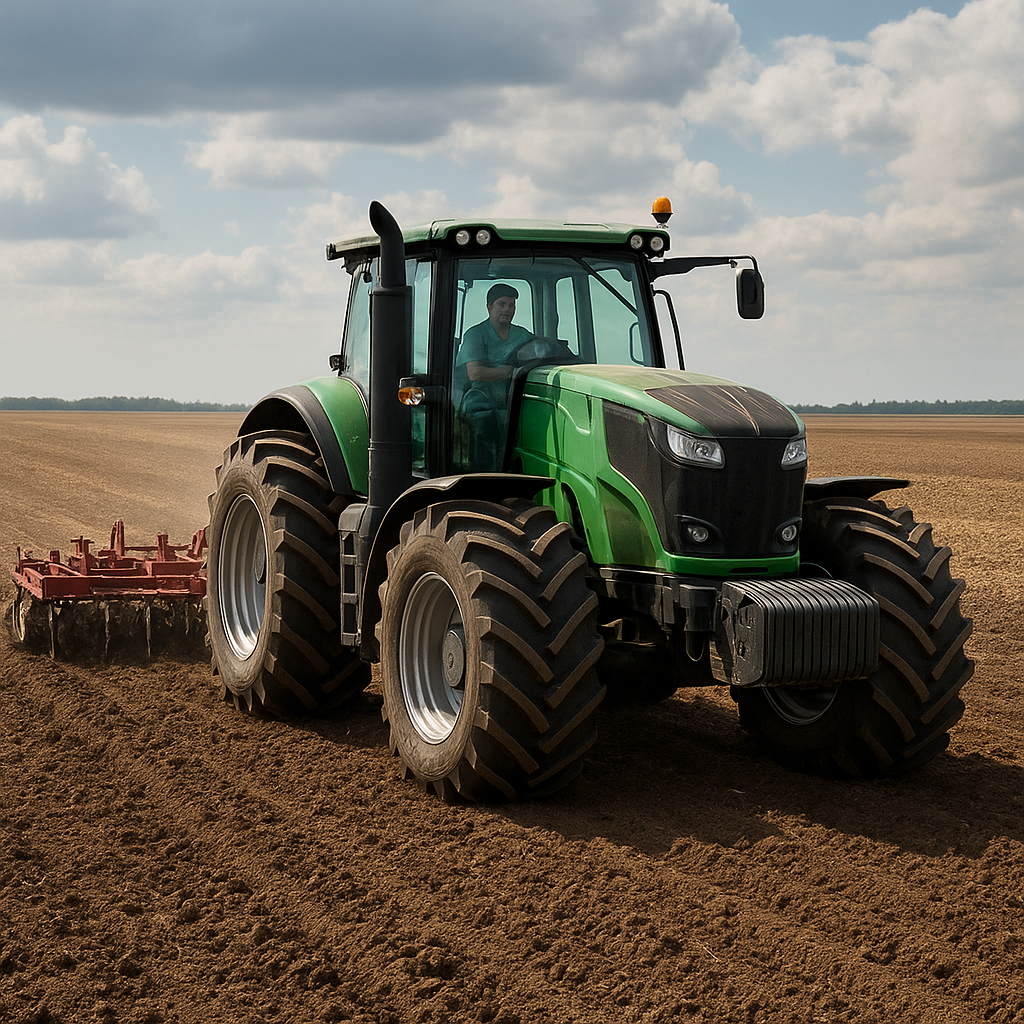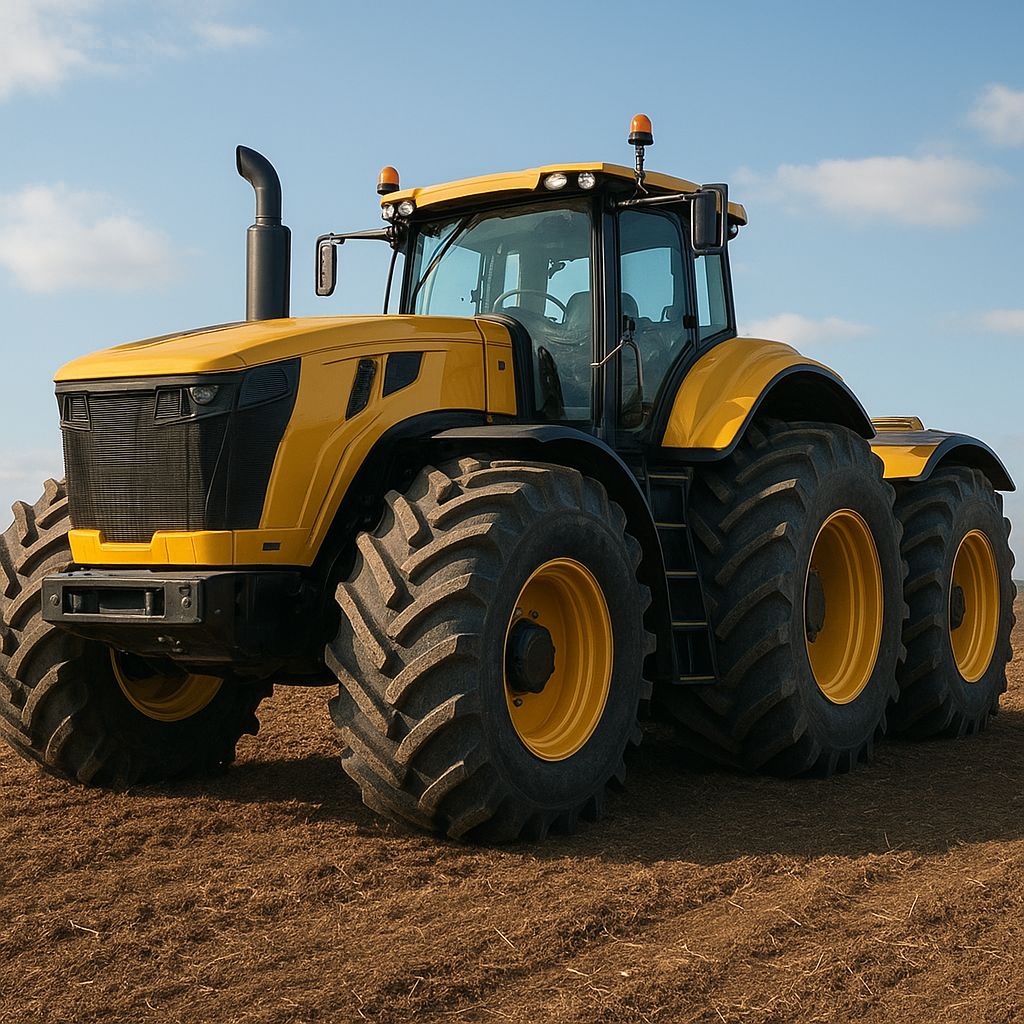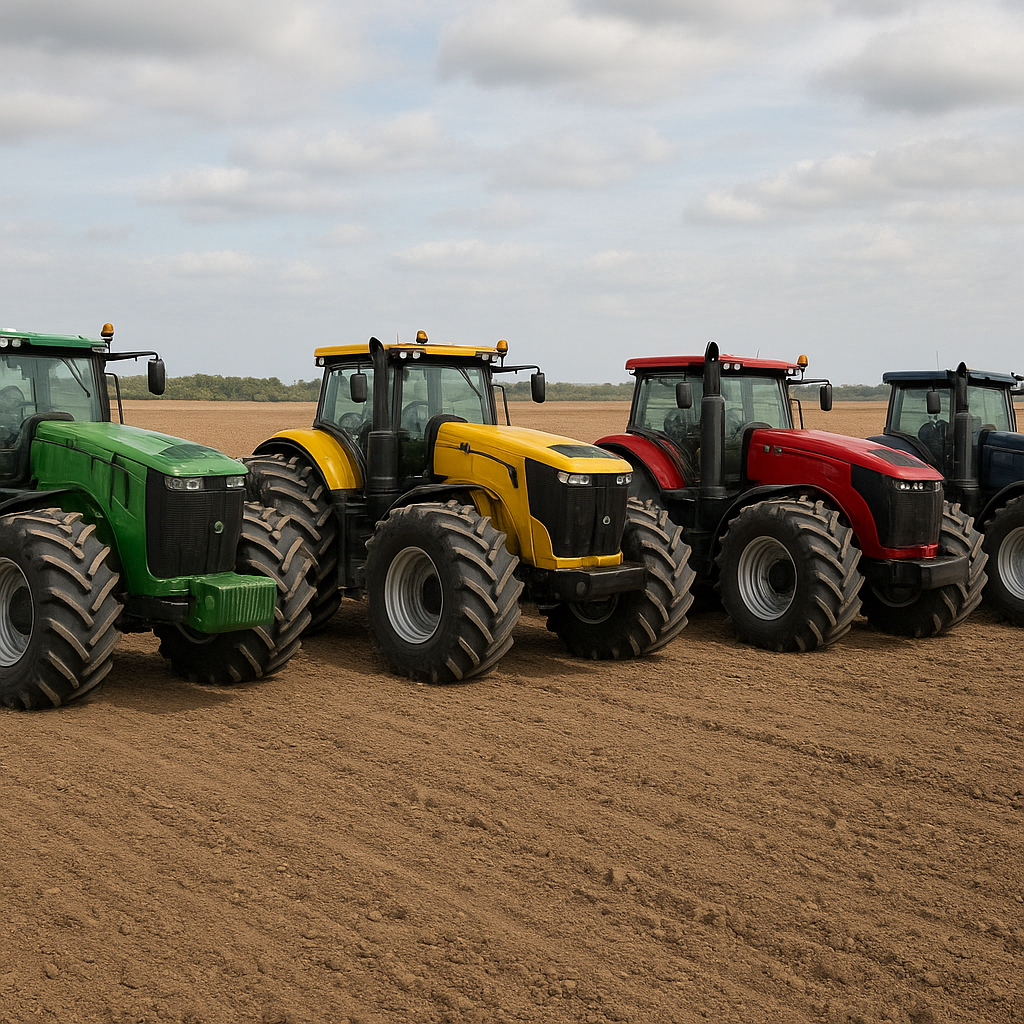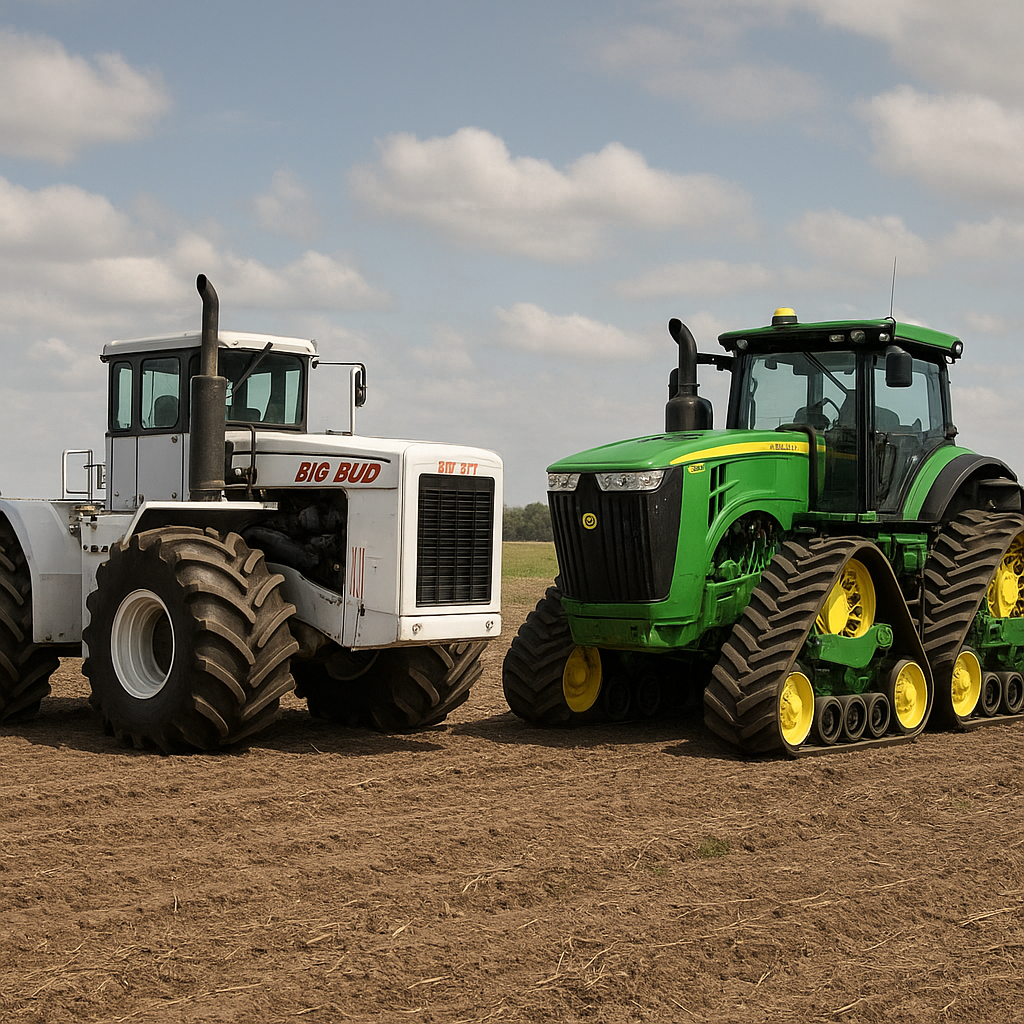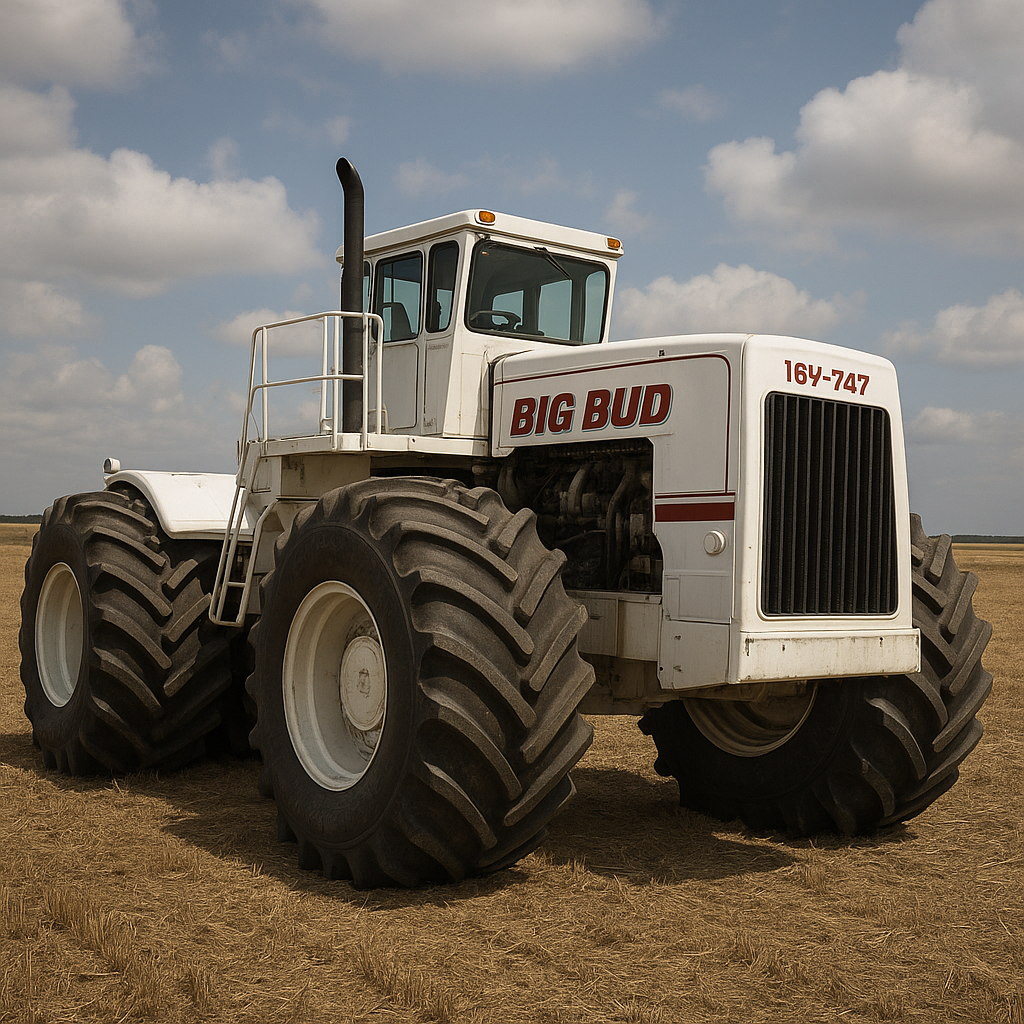Real-time monitoring and diagnostics in modern tractors have revolutionized the agricultural industry, providing farmers with unprecedented levels of control and efficiency. This technological advancement allows for continuous observation and analysis of tractor performance, leading to improved productivity, reduced downtime, and optimized maintenance schedules.
The Evolution of Tractor Technology
The journey of tractor technology has been marked by significant milestones, each contributing to the enhanced capabilities we see today. Initially, tractors were simple mechanical devices designed to replace animal labor. Over time, they evolved to incorporate more sophisticated mechanical and hydraulic systems, improving their power and versatility.
In the late 20th century, the introduction of electronic control units (ECUs) marked a significant leap forward. These units allowed for more precise control of engine functions, transmission systems, and other critical components. However, it wasn’t until the advent of real-time monitoring and diagnostics that tractors truly entered the modern era.
Early Innovations
Early innovations in tractor technology focused primarily on increasing power and efficiency. The introduction of diesel engines, for example, provided a significant boost in performance compared to earlier gasoline engines. Hydraulic systems allowed for more efficient operation of implements, reducing the physical strain on operators and increasing overall productivity.
As technology advanced, so did the complexity of tractors. The integration of electronic control systems enabled more precise management of engine functions, transmission systems, and other critical components. These early electronic systems laid the groundwork for the real-time monitoring and diagnostics capabilities that would come later.
The Digital Revolution
The digital revolution brought about a paradigm shift in tractor technology. The integration of advanced sensors, GPS systems, and wireless communication technologies enabled real-time monitoring and diagnostics, providing farmers with unprecedented levels of control and insight into their equipment.
Modern tractors are equipped with a wide array of sensors that continuously monitor various parameters, such as engine temperature, fuel consumption, hydraulic pressure, and more. These sensors feed data into the tractor’s onboard computer, which processes the information and provides real-time feedback to the operator. This allows for immediate adjustments to be made, optimizing performance and preventing potential issues before they become serious problems.
Benefits of Real-Time Monitoring and Diagnostics
The implementation of real-time monitoring and diagnostics in modern tractors offers numerous benefits, ranging from increased efficiency to enhanced safety. By providing continuous feedback on tractor performance, these systems enable farmers to make informed decisions and take proactive measures to maintain their equipment.
Increased Efficiency
One of the most significant benefits of real-time monitoring and diagnostics is the ability to optimize tractor performance. By continuously monitoring key parameters, such as engine load, fuel consumption, and hydraulic pressure, these systems can identify inefficiencies and suggest adjustments to improve overall performance. This not only reduces fuel consumption and operating costs but also extends the lifespan of the equipment.
For example, if the system detects that the engine is operating at an inefficient load, it can recommend adjustments to the throttle or transmission settings to optimize performance. Similarly, if hydraulic pressure is too high or too low, the system can alert the operator and suggest corrective actions. These real-time adjustments help to ensure that the tractor is always operating at peak efficiency, maximizing productivity and minimizing downtime.
Predictive Maintenance
Another key benefit of real-time monitoring and diagnostics is the ability to implement predictive maintenance strategies. By continuously monitoring the condition of critical components, these systems can identify potential issues before they lead to costly breakdowns. This allows for proactive maintenance, reducing downtime and extending the lifespan of the equipment.
For instance, if the system detects an abnormal increase in engine temperature, it can alert the operator and recommend a thorough inspection of the cooling system. Similarly, if it identifies unusual vibrations in the transmission, it can suggest a detailed examination to prevent potential failures. By addressing these issues early, farmers can avoid costly repairs and ensure that their equipment remains in optimal condition.
Enhanced Safety
Real-time monitoring and diagnostics also contribute to enhanced safety for both operators and equipment. By providing continuous feedback on tractor performance, these systems can identify potential hazards and alert the operator to take corrective actions. This helps to prevent accidents and ensures that the equipment is always operating within safe parameters.
For example, if the system detects that the tractor is operating on a steep slope, it can alert the operator to take precautions to prevent rollovers. Similarly, if it identifies that the hydraulic system is under excessive pressure, it can recommend adjustments to prevent potential failures. These real-time alerts help to ensure that the tractor is always operating safely, protecting both the operator and the equipment.
Future Trends in Tractor Technology
The future of tractor technology is poised to bring even more advancements in real-time monitoring and diagnostics. As technology continues to evolve, we can expect to see even more sophisticated systems that provide greater levels of control and insight into tractor performance.
Integration with IoT
One of the most promising trends in tractor technology is the integration with the Internet of Things (IoT). By connecting tractors to the IoT, farmers can gain access to a wealth of data and insights that can help to optimize performance and improve decision-making. For example, IoT-enabled tractors can communicate with other equipment and systems on the farm, providing a comprehensive view of operations and enabling more efficient management of resources.
Additionally, IoT integration can enable remote monitoring and diagnostics, allowing farmers to keep an eye on their equipment from anywhere in the world. This can be particularly beneficial for large-scale operations, where it may be difficult to monitor all equipment in person. By providing real-time insights and alerts, IoT-enabled tractors can help to ensure that equipment is always operating at peak efficiency, reducing downtime and improving overall productivity.
Artificial Intelligence and Machine Learning
Another exciting trend in tractor technology is the integration of artificial intelligence (AI) and machine learning. By leveraging these advanced technologies, tractors can become even more intelligent and capable of making autonomous decisions. For example, AI-powered tractors can analyze data from various sensors and make real-time adjustments to optimize performance and prevent potential issues.
Machine learning algorithms can also be used to identify patterns and trends in tractor performance, enabling more accurate predictive maintenance strategies. By continuously learning from data, these systems can become more effective over time, providing even greater levels of control and insight into tractor performance.
Conclusion
Real-time monitoring and diagnostics have transformed the agricultural industry, providing farmers with unprecedented levels of control and efficiency. By continuously monitoring key parameters and providing real-time feedback, these systems enable farmers to optimize performance, implement predictive maintenance strategies, and enhance safety. As technology continues to evolve, we can expect to see even more advancements in tractor technology, further revolutionizing the way we manage and operate agricultural equipment.

